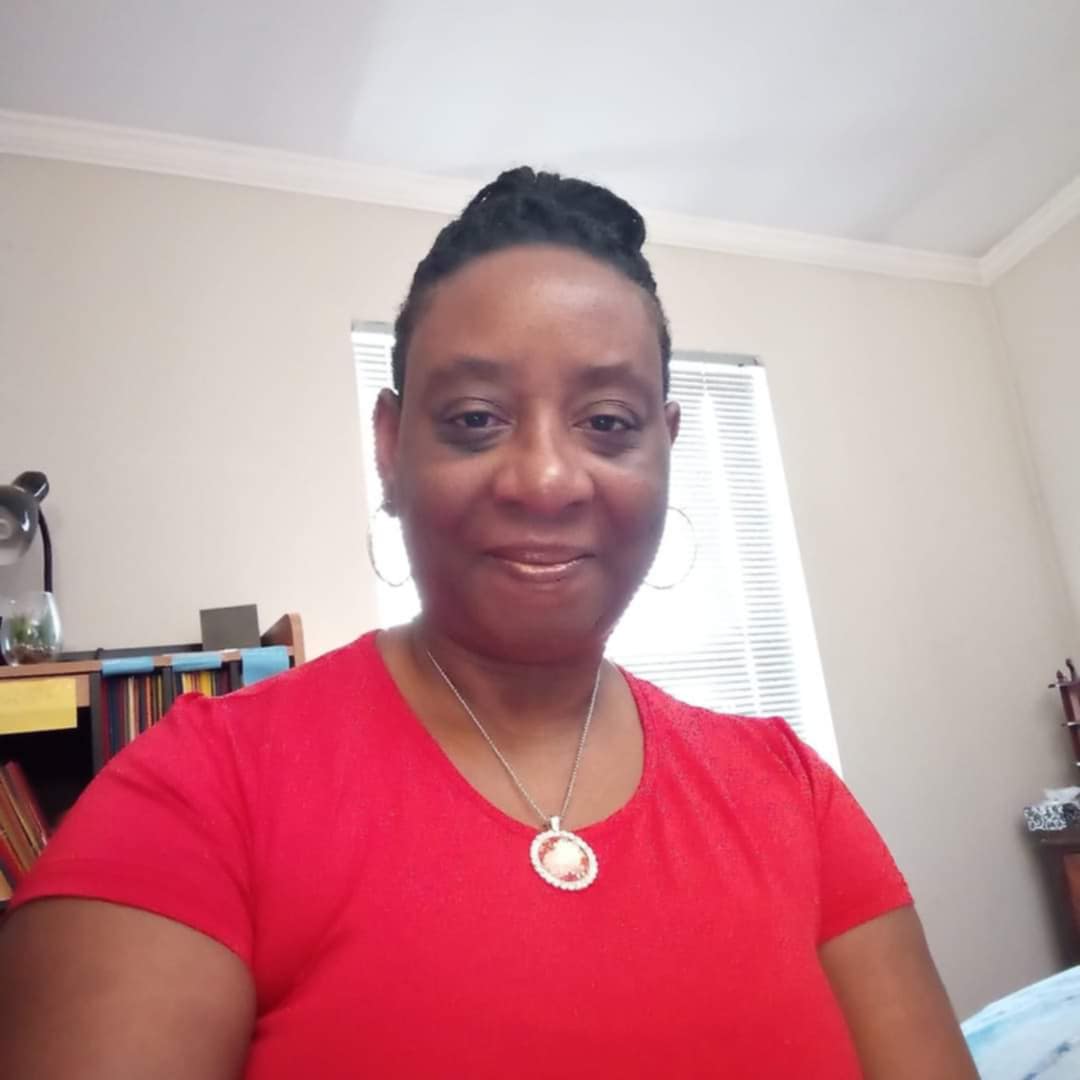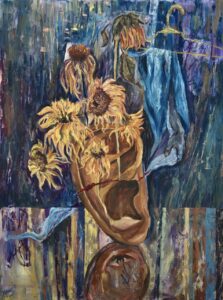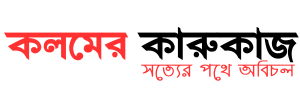



You draw pictures, how many kinds of people
Insects, animals, fields, meadows, ponds
Riverside, flower petals, fresh flowers, garden,sahara desert, waterfall,Fountain, sunshine,
moonlight-sun star dew
Fog Cloud Rain Forest, mangrove Forest,Plain
Mountain, City-Port, village Market,
Temples Mosques Churches-Pagodas.
Tavern, Dance Hall, worship stage, Angel, Censer,Paradise, Even if you want,
You can draw on the back of the Behind a calendar
A picture of the entire Himalayas,
Olympic Mountains Asia Europe
Arabian Atlantic Indian Ocean.
You can draw if you want, the whole
One earth and seven heavens.




The main theme of this collection is the disintegrated parts of the body as one still unit of life. In this collection, the human who interprets and reacts cannot be seen. The head of the man lacks the thought process unit of the body. In other words, only the physical presence of the parts of the body integrated with the surrounding objects can be noticed.
Sometimes the body and the elements of the surrounding nature are so closely integrated and transformed that they resist symbolism then, they become unexplainable. The artist takes the infant’s perspective in which the mother consists of different parts of the inanimate nature, the body of the mother, the body of the infant or even the body of other people. There are times when the body takes the form and the color of the surrounding nature. There are also times when the surrounding nature takes the form and the color of the still muscles of the body.
The wondering pieces of clothing and cloth are regarded as a symbol of the illusion of integration or a soul unexplainable and left behind. The sounds inset in the paintings, deviating from the conventional symbolism, depict pain and pleasure. The blurred sounds aim at conceptualizing a reality that cannot be projected in the form of language.
The disintegrated man constantly worries about the illusion of integration of his parts while pain and pleasure struggle to lead disintegration toward death.

